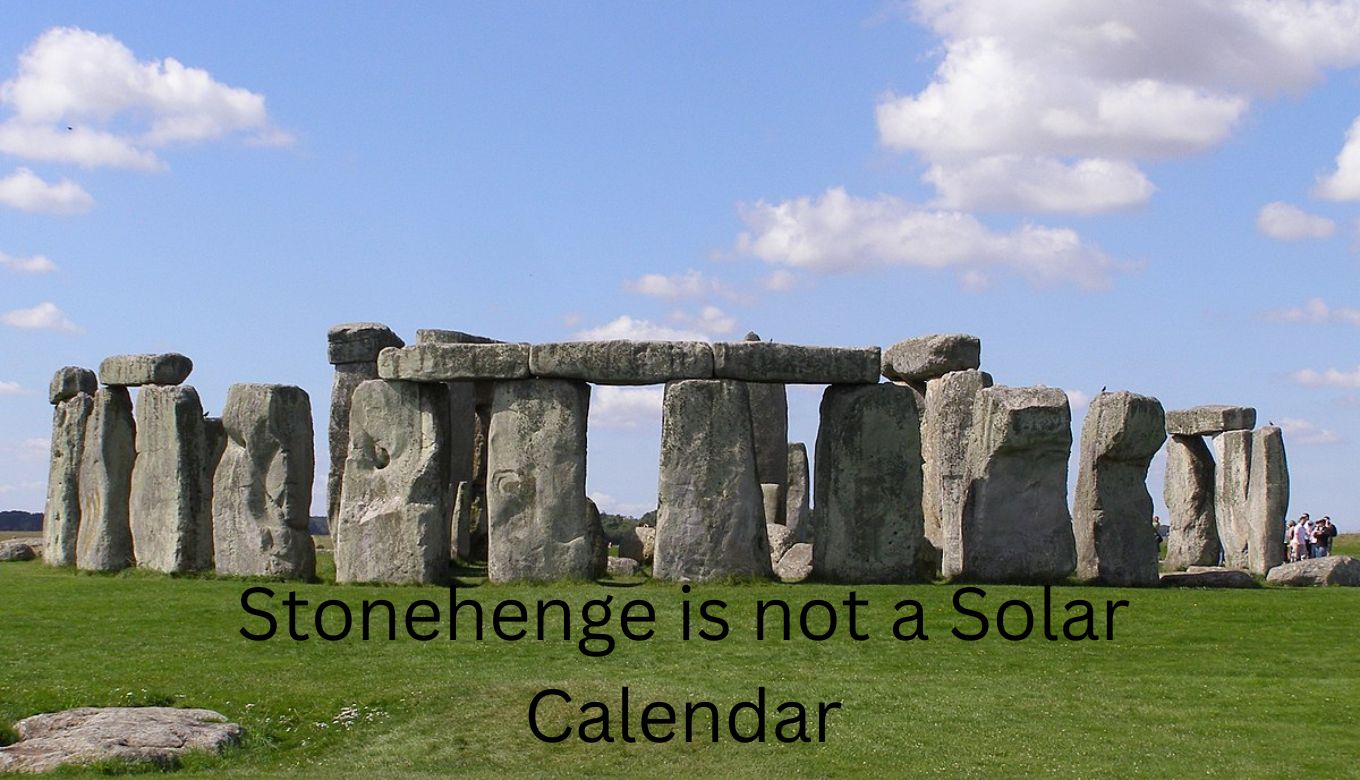For decades Stonehenge was regarded as a solar calendar, it is known by many that ancient monuments represent the calendar and time.
But recently scientists tell us a different theory. They have exposed that Stonehenge is not the solar calendar as we all assume.
This megalithic design was constructed around 2,500 BC.
What is the Significance of Stonehenge?

Stonehenge is the Neolithic era design. It is designed by ancient archaeologists due to their interest in the winter solstice and the Neolithic societies.
It represents the astronomical significance of the place and represents the winter and summer solstice.
Stonehenge Monuments Worked as a Solar Calendar

Stonehenge monuments worked as a giant calendar device. The monuments represent a calendar based on 365 days per year divided into 12 months of 30 days plus five epagomenal days, with the addition of a leap year every four.
The solar calendar is identical to the Alexandrian calendar at the end of the first century BC as a combination of the Julian and Egyptian calendars.
How does the Stonehenge Solar Calendar calculation work?

Archaeologists and many astronomers decipher the calculation of the calendar.
Days = days are equal to 30 sarsen lintels in the Stonehenge
30 sarsen lintels multiply by 12 which is equal – 360
The number of the standing trilithons of the horseshoes, which is five.
The addition of the leap year every four is related to the number of the “station stones”, which is indeed four.
Also Read: Scientists Identify Key Mechanisms Controlling Skin Regeneration
How Scientists Debunk the Stonehenge Solar Calendar Theory?

Archaeoastronomy experts Juan Antonia Belmonte and Giulio Magli published their findings in the journal Antiquity.
They expose the old theory that it is the solar calendar. They decipher the theory in three points -:
First – Astronomy: Magli and Belmonte shows that solstice alignment is quite accurate. The slow movements of the horizon in the days close to solstices make it impossible to control the correct working of the calendar, as Stonehenge should be able to distinguish positions as accurately as a few arc minutes that are less than 1/10 degree.
So while the existence of the axis does show interest in the solar cycle in a broad sense. It provides no proof whatsoever for inferring the number of days of the years conceived by the builders.
Second – Numerology -: In Stonehenge, the solar calendar system number 12 is not recognizable anywhere.
Ancient archaeologists take into account the additional epagomenal day every four years, while other numbers are simply ignored.
Ancient builders also take the elements favorable to desired interpretation extracted from the material records.
Third – Cultural Effect –
Scientists decoded that the ancient architecture probably took the 365 days plus 1-day notion of the calendar from the Egyptian calendar. But they refined it on their own.
On the basis of these assumptions, scientists found that Stonehenge as a solar calendar base is flawed.
Also Read: Cryptocurrencies Other Than Bitcoin to Choose In 2023



